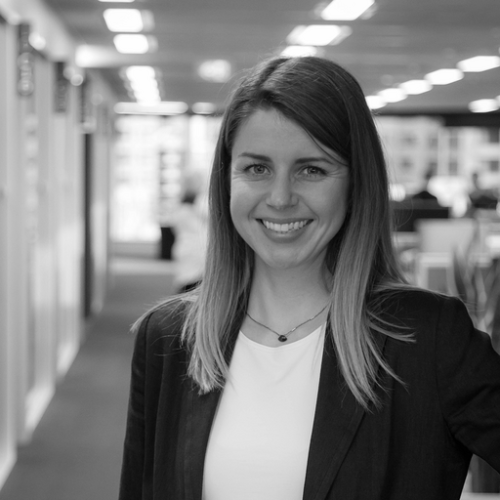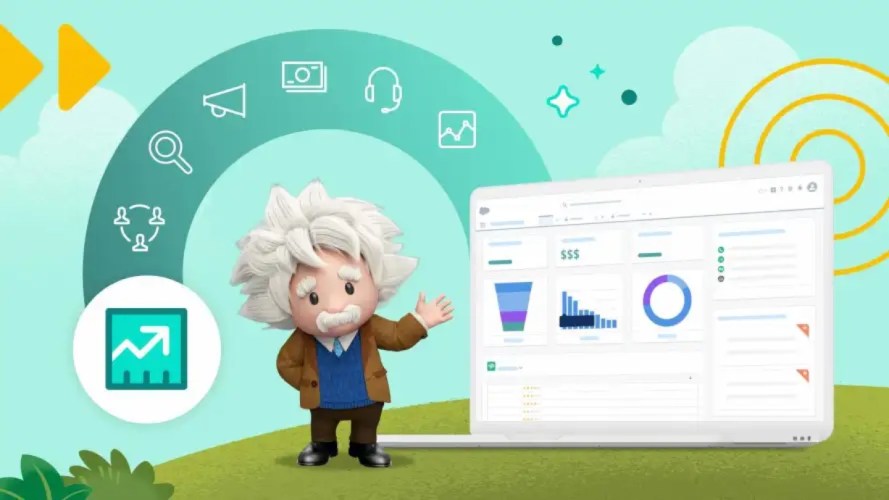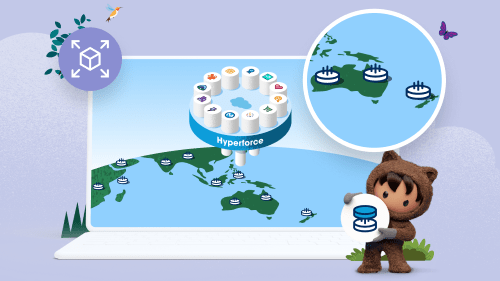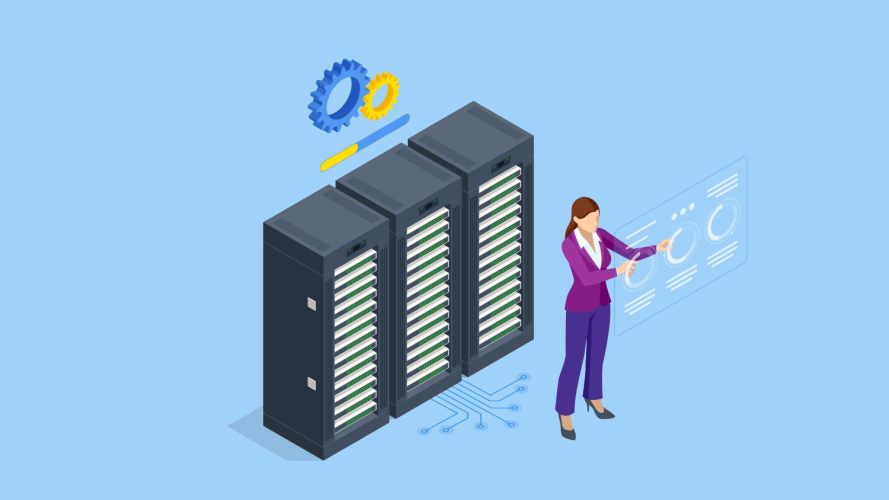Transurban’s Data Culture Drives Better Insights, Better Experiences and Safer Roads


How did a team of two turn into an organisation-wide data culture with 900 active Tableau users?

Alison Angelos
Thanks to Internet of Things (IoT) technology, companies like Transurban are collecting more data than ever. For instance, this includes sensors placed every 500m on a road operated by Transurban, each of which produces a new row of data every 30 seconds — not exactly the kind of numbers you can casually crunch in a spreadsheet.
When dormant data collects in an operating system, it does little to help analysts or other employees make better, faster decisions. But Michael Spence, Transurban’s Data and Insights Lead for Victoria, recognised the organisation’s strong suits: a data-rich environment and a lot of analytically-minded employees. They just needed the right structure and tools — enter Tableau to help their team to collect, manage and analyse data rapidly.
Let’s look at how a team of only two built an analytics platform that now boasts 900 active users and counting. This is the story of how a clever data model helped them build an analytics culture that empowers employees with actionable insights, resulting in safer roads and better experiences for drivers.
To unpack this story, I hosted a special session at Salesforce, World Tour Sydney, where I spoke with Michael Spence, Head of Analytics, Victoria Operations, Transurban.
This project was supported by InterWorks — analytics consultants who help guide companies and organisations through their data transformations. We hear from Carol Prins, Analytics Consultant, InterWorks. Together they shared their story of the dynamic world of data.
Transurban’s Road to a Data Culture
Transurban’s primary purpose is to connect communities through transport, and to deliver that you need lots of data. They are a team of over 2,000 employees operating 21 roads around the world. Seventeen are in Australia, with four roads in North America.
Their Australian routes will be familiar to residents of Sydney and Melbourne and Brisbane. Sydneysiders will have travelled the Eastern Distributor or the new NorthConnex tunnel. Melburnians will recognise the Domain and Burnley tunnels and the Bolte Bridge. And drivers in Brisbane will be familiar with the Legacy Way, AirportLink M7 and Clem7 tunnels. Transurban also manages some of the busiest roads in the Washington DC region, which carry a lot of traffic to big employment centres like the Pentagon and Amazon’s HQ2.
Ultimately, Transurban’s primary purpose is to offer a reliable, safe method of transport. To measure against that goal, you need lots of data.
Our First ‘Aha’ Moments With Data
When CityLink in Melbourne was first built, the government requested sensors every 500 metres in every lane. These collected billions of rows of data, and initially there was no technology in place to use the information.
Michael talks of the data collecting in an operating system, unable to be used. “To try and load half a day’s worth of travel into a spreadsheet, it just couldn’t handle the volume,” he said.
“Then with the analytics platform, and technology being much faster, we started to use the data in new ways,” explained Michael. “Now we can plan for the best maintenance windows, and predict when peak hour is, so that we can position our incident response vehicles.”
A Hub-and-Spoke Model for Data
Transurban has lots of data, but the company also includes lots of engineers — people who are necessarily analytical thinkers. These are good ingredients to drive a data culture, but much of the data was stuck in operational systems, making it difficult to apply insights quickly and easily.
About five years ago, the team looked at building out an analytics platform. They needed a database platform, and partnered with Tableau as the analytics tool.
“At the time, we had a team of two. We had a data engineer who built the pipes to source data and connect them together,” explained Michael.
With just two people, it was impossible to support an organisation of over 2,000, so the team actively created what they refer to as a hub-and-spoke model.
“Our IT team of two became the hub, or centre of excellence, then within each business unit we trained analysts. They became the spokes. Tableau is really easy to teach to people, as it’s not difficult technology. My job was to educate each analyst and help them put the tools to use.”
Data in the Hands of Experts
It wasn’t hard to put these tools in the hands of the people who understood the data better than anyone.
“That’s how we created this data culture within Transurban. With over 2000 employees, and 200 Tableau users now, that’s 10% of the organisation,” said Michael. “Part of their role is to do analysis. We’re still onboarding new users and the hub-and-spoke model is the key for us growing.”
The Key to Scaling Analytics Across the Business
Supporting the growth from two users to 200, and then 900 daily active consumers of data, required strategic insight from analytics experts. That’s where Transurban called in the team from InterWorks to integrate data into the culture of the business.
Interworks’ Carol Prins talks about the first stages of the project: “We were very excited about the vision of the team, as well as their long term roadmap to embrace self-service analytics.”
The main focus was to align the executives and the leadership team, to give them more time to drive change across the business.
In order to alleviate the pressure on Michael’s team of two, InterWorks focused on the strategies to foster best practice in governance, infrastructure and building out the user community.
“A tool like Tableau is easy to use. Training was the key for this team, as they have a lot of engineers who want more from their data analytics.”
Over time, the leadership team could then focus on the strategy and drive change. “The natural interest in data analytics at Transurban drove a culture of dynamic use of data,” explained Carol.
Surfacing New Insights With Smart Data
Initially, Tableau was used as a reporting and dashboarding tool. But the team at Transurban wanted to push the capabilities even further to test the live analytics modelling.
This approach helped to gain new insights, and discover new solutions that it was not expecting. Michael explained that, “with Tableau in the hands of a good analyst, you can explore and uncover things that you weren’t necessarily looking to find.”
“For us, what we discovered turned out to be an important safety measure.”
It all started with the Burnley tunnel in Melbourne, which is 3.5 kilometres long, with a steep downward slope under the Yarra River. When drivers get to the bottom of the tunnel, there is a steep incline to the exit.
The problem was the speeds people were travelling caused congestion up and down the hill. “We needed to find a way to smooth the speed of the journey. So we built a virtual reality model to test out ideas,” continued Michael. “We captured basic data such as speed, braking distance and driving conditions. We also captured data from biometric sensors to monitor heart rates and blood pressure.”
The team started with tests to adjust the lighting, and structural changes to enhance the driver experience. It then tested a few enhancements to see drivers’ responses. One of the tests was to implement green pacemaker lights alongside the car. People feel that they have to keep up with the lights, so they naturally adjust their speed to match the distance of the lines.
“One of the surprising insights that emerged in the biometric data was the focal distance of the drivers. With the enhanced model, with the lights, people were looking much further ahead — which is a big safety metric,” said Michael.
Transurban’s team of engineers was surprised by the power of Tableau to collect and manage vast amounts of data quickly, which ultimately helped the team to make smart decisions quickly.
Our Data World Is Dynamic and Responsive
This is a classic before and after story, where the data being collected just five years ago was almost dormant data. By connecting the systems together with Tableau and implementing a hub-and-spoke model to empower data analysts from around the business, the results are more actionable insights for Transurban, and a better driving experience with even better safety results.
See the full discussion on Salesforce+, along with other content from World Tour Sydney 2022.




















